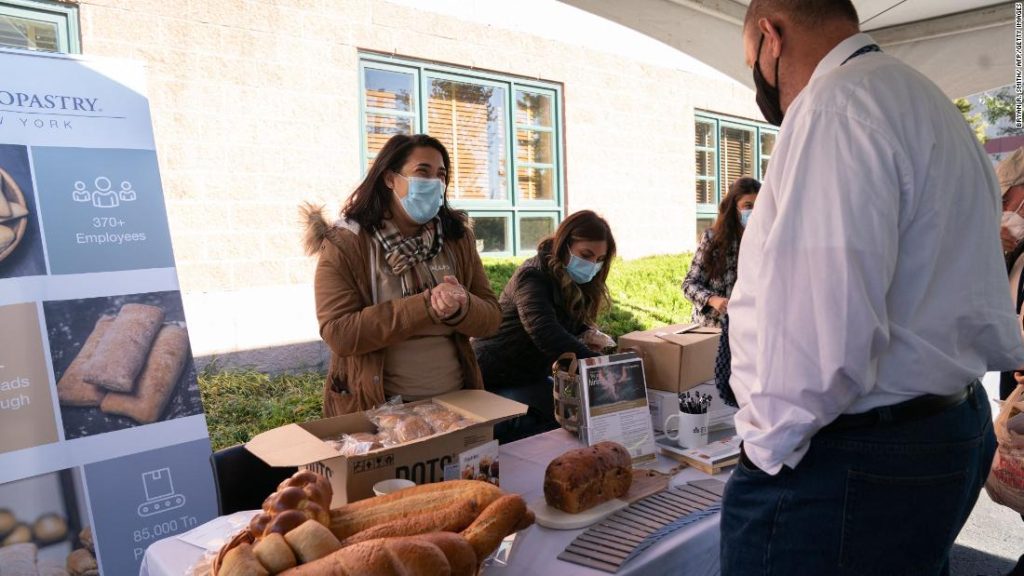The next phase of the US jobs recovery has begun

For Friday’s March jobs report, economists polled by Refinitiv expect 490,000 positions to have been added. If the prediction proves correct, the nation will have recovered more than 90% of all jobs lost during the pandemic. It would also bring the unemployment rate to 3.7%, a new pandemic-era low.Monthly job gains have averaged more than half a million over the past 12 months, a truly staggering pace compared with pre-pandemic numbers. In 2019, for example, the monthly average was only 164,000.On the one hand, this shows how well the recovery is still going. On the other, it serves as a reminder that a slowdown will have to come eventually as the economy returns to normal.”I do expect the pace of hiring to slow, but I do think it’s important to say that it’s because of supply constraints,” said Simona Mocuta, chief economist at State Street Global Advisors.Weekly claims for unemployment benefits have also returned to a more normal level: Last week, 202,000 workers filed for initial jobless benefits, adjusted for seasonal swings. That was slightly more than economists had predicted but in line with pre-pandemic levels.Meanwhile, the number of Americans filing for benefits for at least two weeks in a row fell to 1.3 million in the week ended March 19, adjusted for seasonality, the lowest level since December 1969.The labor shortage that has characterized much of the recovery has not been resolved. Between high demand from businesses and fewer people in the workforce, the competition for talent is fierce. In February, the nation had 11.3 million jobs to fill, but had only hired 6.7 million people. Economists believe it will take time for this mismatch between labor demand and supply to abate. In the meantime, wages are on the rise as businesses compete to attract and hire staff.In terms of economic data, this means some indicators that were watched closely during the earlier phase of the recovery will move into the background.”I’m almost at a point where I think the jobs numbers themselves become secondary,” Mocuta said. Instead, data on labor force participation and wages will be much more key.”To me it’s about the supply of labor and the price of labor. I know what the demand for labor is,” Mocuta added.As of February, the labor force participation rate stood at 62.3%, still below the pre-pandemic level of 63.4%. That means there are still workers on the sidelines who left the labor force during the pandemic. Reasons to do so included child care, worries about contracting the coronavirus, and early retirements among older workers. Meanwhile, wages increased little during February but rose more than 5% over the preceding 12 months.But the higher pay hasn’t matched the price increases recorded by major inflation measures. The latest Consumer Price Index shows inflation rose last month at a pace not seen in 40 years.Mocuta hopes that wage inflation will moderate this year, though it is hard to see how else the worker demand and supply imbalance can be addressed.”A good reason to get off of the sidelines and back to work is due to rising prices, and not just at the grocery store and at the gas pumps,” said BMO senior economist Jennifer Lee.The bottom line is that businesses are passing their higher employment costs on to consumers as well, but there’s a limit to how much people will be willing and able to absorb.”It’s very hard to pinpoint when the inflection points happen. You can really only tell in retrospect,” Mocuta said. But she believes the conditions are ripe for it.







